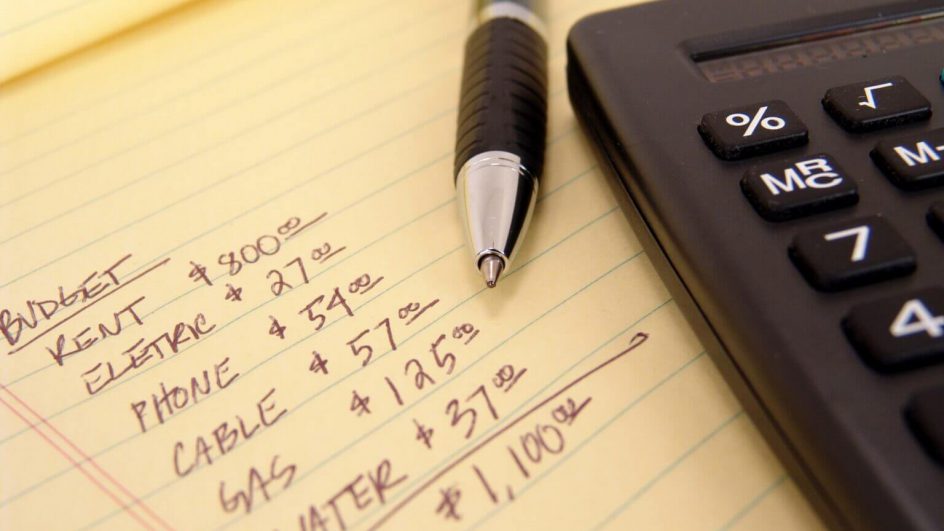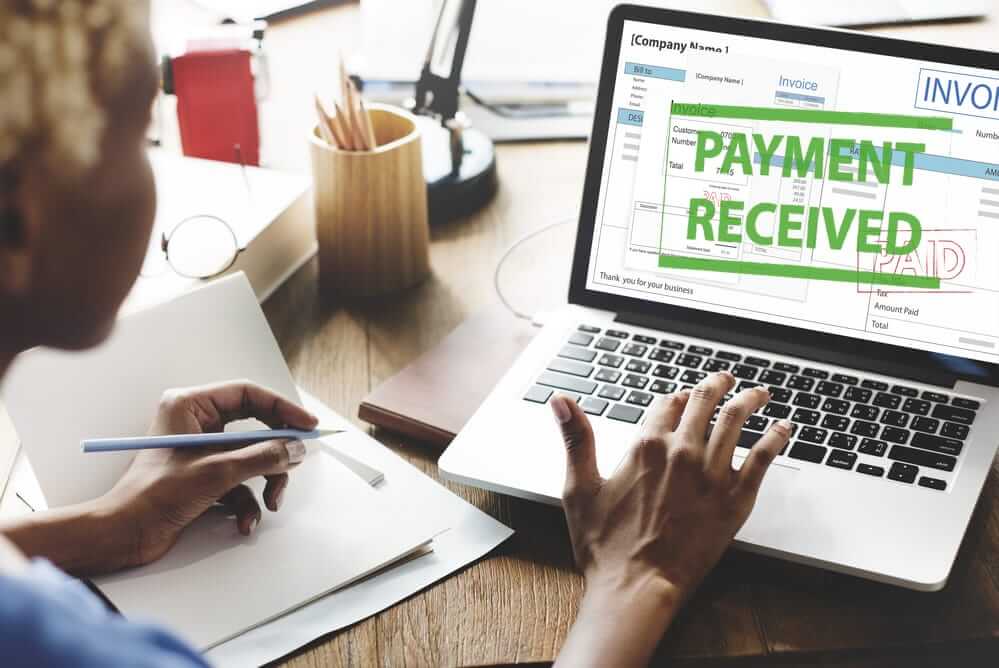How To Prepare an Effective Cash Budget in Steps
Cash is like fuel for business. It keeps it going. It’s the money that flows in and out of your business every day. Based on it, we can distinguish which business will be able to last and which one will not.
If you’re wondering if you should create a budget to watch over cash for your small business, you’ve come to the right place. Our experience tells us that you should. In this article, we will go through the importance of preparing a cash budget. Here are a few tips from us, but let’s start with the definition of the cash budget.
What is cash budget?
A cash budget is an estimation of the cash inflows and outflows for a business. During the early months and years of a new business, cash must be one of your most vital concerns. The cash you possess at the start may have come from your savings, from a bank loan or investors. It is a vital asset and you must spend it wisely. Any business has to spend money to set itself up and create a product before it can earn income. If you run out of cash and can’t obtain any more, you are out of business. So, it makes sense to spend the time to build yourself a plan to manage your cash.
Preparing a budget will force you to think about your business differently. It makes you concentrate on business fundamentals, such as the timings of expenditures compared with income. Without a budget, it may take you longer to grow, and your business could face serious financial problems.

How to create a cash budget?
To help you get up and running, we’ve outlined a step-by-step guide on how to create a cash budget.
Commit to creating your budget
Truth be told, a business that doesn’t budget cash is setting itself up for failure. Planning means you’re less likely to overspend and be left with no money for required payments. You must deal with utilities, taxes, insurance, payroll, purchasing, and more. Without a budget, these may go unpaid and lead to problems. You will need a spreadsheet unless you are very good with a pen, pencil, and a calculator. Create a spreadsheet with columns for each month for the next 12 or longer as appropriate.
Starting capital and cash from revenue
Examine all your sources of income. How much money do you expect your business to earn each month? One month will probably differ from the next, so try to use the data you have to predict around 12 months’ worth of monthly revenue. Most businesses are seasonal, so remember external events like Christmas and the summer holidays and your own business’s natural cycles. Remember, just because you have sold something doesn’t mean you have the money in the bank just yet. Clients may pay, on time, or 30 days later, but frequently much later. In our experience, this varies with client size. Keep in mind that the bigger they are, the slower they pay. This can make a huge difference in your cash flow, so make sure you are realistic in your customer payment expectations.
Costs and Expenses
There will be several fixed costs that you’re required to pay each month. It’s important to categorize these expenses, so you know exactly where your money is going.
Fixed costs – the expenses that you must pay each month to keep the business running. These are top priority payments, such as contractual agreements like rent and utilities. Employee payroll can be included in this, except you can reduce staff if you need to.
Variable expenses – costs that you need to pay to keep the business operating. They usually vary with business volumes. Examples are; raw materials, sales commissions, production supplies, petty cash, advertising, subcontractors, etc.
Plus, if you collect Sales Tax, GST, HST or VAT on sales, don’t forget you have to pay these monies to the tax authorities on the due date.
The more thorough and accurate you are when doing these steps, the better. The budget won’t be valid if you forget to include specific bills, taxes, or payments.
You will find it convenient to categorize each expense with similar items so that your accountant can understand your records when he files your taxes.
Cash flow template
It’s always good to prepare a cash budget template. It can be a Google Sheet template with the next 12 months as columns, and the first row with how much cash you have available. The following rows are for each revenue item you have for your business, e.g. Cash from Web Sales, Over-the-Counter Sales, Freight, Consultancy charges etc. Create a Total line for Cash Operations. Look at this cash budget example below:

Next, set up several rows for Expenditures, one row for each category of expense you have. Put a Total line for Cash Outgoing.
Use the spreadsheet calculator to add up all the Starting Capital and Cash from Revenue and then subtract the Costs and Expenses. The resulting number shows how operations have affected your cash position. Carry the total cash from the end of month one to be the starting cash for month 2. Carry on for the next 12 months.
If you see negative numbers at the bottom of any month on your Cash Flow Spreadsheet, you are predicting a cash shortfall. Find ways to bring income forward, delay payments, or even plan to borrow money to fix the problem.
Contingencies
Before finalizing your budget, make sure to include some contingency money. You never know when cash is suddenly needed, so it’s always useful to have a little spare cash set aside for unexpected events.
The amount of extra money you decide to keep aside is up to you. Cash is always tight for most small businesses, but we have a suggestion that provides quick access to money for an emergency. Open a business line of credit (LOC) with your bank. There will be a small monthly charge for the facility, but no more if you don’t need to use it. Do this as early as possible in business’s life – don’t wait until you really need the LOC, or you will be at the mercy of the banks.
Finish
By now, you’ll have a great idea of how much your business has to spend each month, once all of your bills and payments are sorted. You have also set targets for sales and expenses.
The next step is to make sure you stick to your cash budget. Before making any business decisions or purchase, refer to this Budget and see how much money you expect to have available to spend at any moment in time. It’ll stop you from overspending and perhaps miss payments.
Quick tips
Finally, we have prepared a list of quick tips to always keep in mind when managing your cash budget.
- Experience shows that expenses are a lot more predictable and controllable than revenue.
- Poor cash control kills more small businesses than anything else.
- Expenses always occur before revenue.
- Don’t forget deadlines and payments of Sales Tax (or GST/HST/VAT) and Corporate Income Tax.
- You can make this Forecast a living document if you replace the planning numbers with actual results as they occur.
- Keep all your receipts or use a bookkeeping or invoicing app to do some of the work and keep records for you.









 Yes, we use
Yes, we use